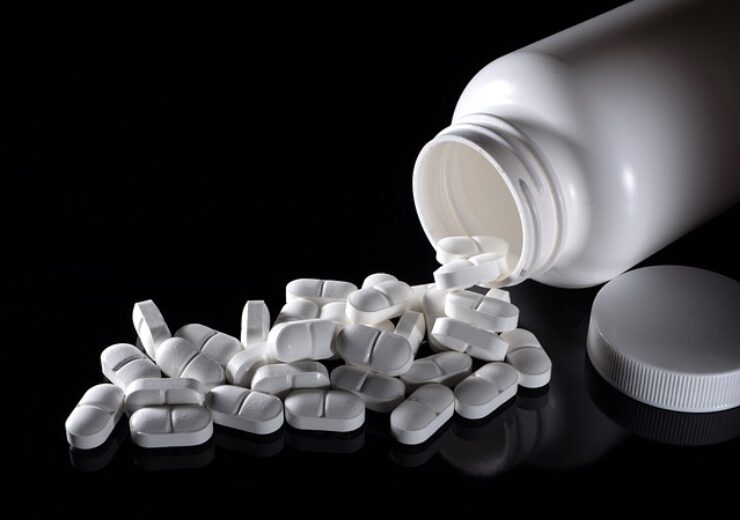Nitroglycerin sublingual tablet is used to relieve episodes of chest pain, called angina, in people with coronary artery disease

Nitroglycerin is taken as a sublingual tablet. (Credit: Lucio Alfonsi from Pixabay)
Zydus Lifesciences has secured the US Food and Drug Administration approval to market Nitroglycerin Sublingual Tablets in the dose strengths of 0.3mg, 0.4mg and 0.6mg.
Taken as a sublingual tablet, placed under the tongue, Nitroglycerin is used to relieve episodes of chest pain, called angina, in people with coronary artery disease.
The drug may also be taken five to 10 minutes before activities that may cause attacks of angina or at the first sign of an attack.
Angina is a medical condition that occurs when the heart muscle does not receive an adequate volume of blood to pump to the body parts.
Nitroglycerin works by relaxing and dilating the blood vessels to facilitate the easy flow of blood to the heart.
The tablet is not advised to be chewed, crushed, or swallowed, but are placed under the tongue or between the cheek and gum and wait until it is dissolved.
According to the National Library of Medicine, side effects of the drug may include blurred vision, dry mouth, rash, blistering, hives, itching, nausea, vomiting, weakness, sweating, and pale skin, among others.
Zydus Lifesciences intends to manufacture the drug at its formulation manufacturing facility at SEZ, Ahmedabad, India.
Previously known as Cadila Healthcare, the company is engaged in discovery, development, manufacturing, and marketing a wide range of healthcare therapies.
Zydus Lifesciences claims that the group currently has 329 approvals and has filed more than 400 ANDAs since the start of the filing process in 2003-04.
Earlier this month, the company has secured the Drug Controller General of India (DCGI) approval for Oxemia (Desidustat) to anaemia related to chronic kidney disease (CKD).
Oxemia is said to be India’s first oral hypoxia-inducible factor-prolyl hydroxylase (HIF-PH) inhibitor therapy.
The regulatory approval was supported by the positive results from Phase 3 DREAM- D and DREAM-ND clinical studies in CKD patients.
